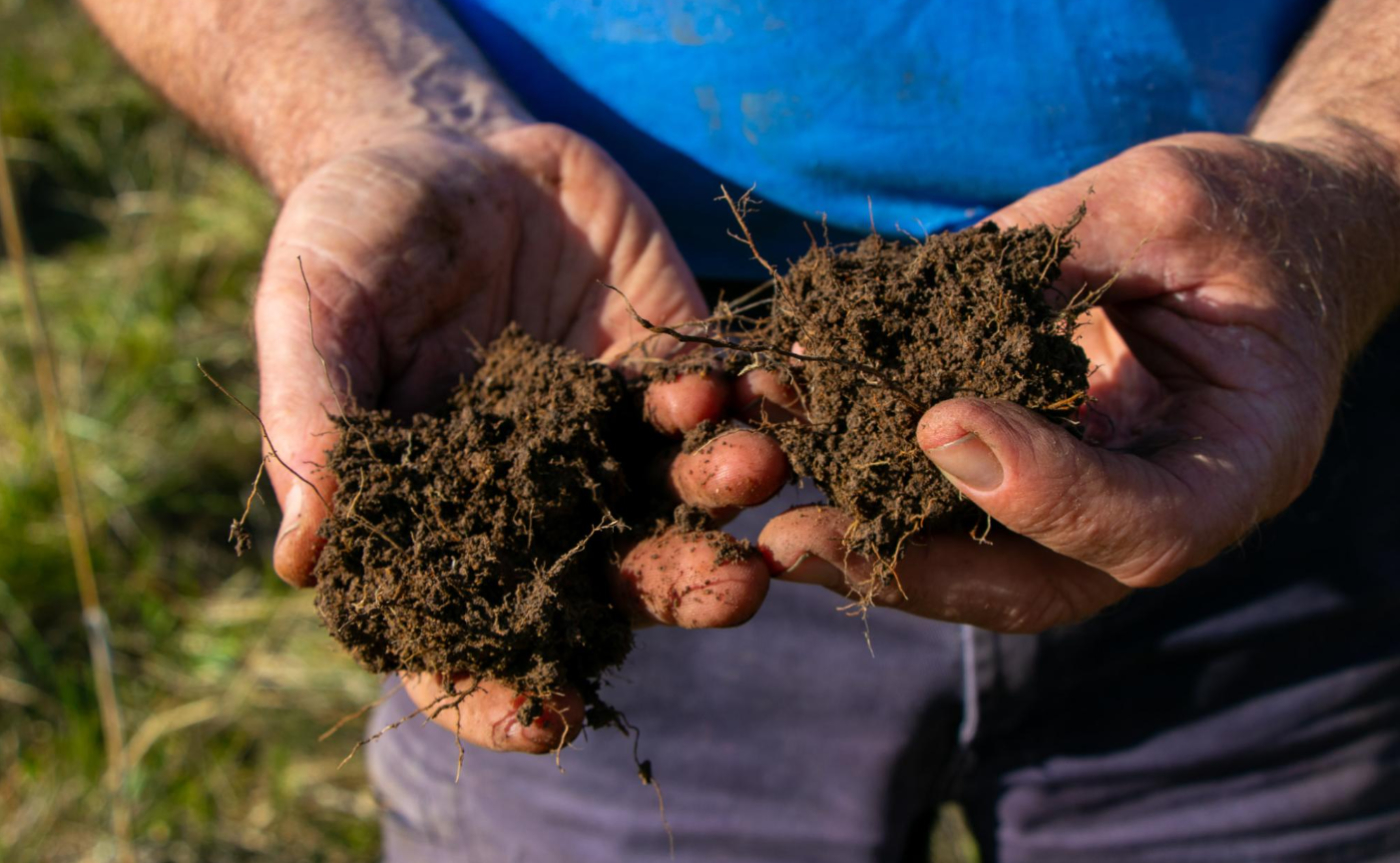Regenerative agriculture is key to dry season preparation
An Op-Ed by Soils for Life CEO Eli Court, published on 30 September 2023 on Farmonline.com.au.
It’s official. El Nino is back – and with it, the forecast for a summer of extreme heat, catastrophic fire conditions, and a return to drought. For many farmers, the Bureau’s declaration is just a formality. Many have been living El Nino for months – anxiously watching as their paddocks dry out.
The media is harkening back to the Black Summer – a devastating culmination of three years of severe drought, when it seemed half the country was burning. Past images of parched earth accompany news coverage of the current El Nino, but I would argue the more important story is of the growing numbers of farmers who go into the next drought more prepared than ever.
Martin Royds is one. His farm, Jillamatong, near Braidwood in NSW, enters this drought with healthier soils that can store more water, allowing more diverse grasses to grow, to continue growing for longer into the dry, and to bounce back faster after fire. He’s confident because this is exactly how his farm responded after the Black Summer.
Martin is an early adopter of regenerative agriculture, a concept that, once fringe, is now firmly in the mainstream. And not before time, because regenerative agriculture isn’t ‘new age.’ Many Australian farmers have been doing it for decades, understanding that rebuilding soil and landscape diversity and function (working with – rather than against – nature) can deliver both agronomic and environmental outcomes.
But what exactly is regenerative agriculture?
Working with nature
It’s tempting to try to define regenerative agriculture through a checklist of ‘best practices’. Keep the soil covered, minimise disturbance and chemical use, increase diversity of plants and animals, rotate stock, rest the paddocks, to name a few.
But the reality is that one practice may work to take a patch of land in the direction of improvement, while that same practice may take a different patch of land backwards. Farms are part of natural systems, and nature doesn’t do recipes. No two paddocks are the same.
Our goal is to empower more farmers to manage the next drought through using regenerative practices, by helping them work out what regenerative practices look like for their unique soil, their landscape – and their farming goals.
At Soils for Life, we’ve produced more than 50 case studies of how a regenerative approach has worked for a range of farmers in different situations around the country, many of which will be discussed at our upcoming National Summit on October 10 and 11. While their approaches varied, they landed in the same place: improved biodiversity, increased vegetation, carbon, and resilience to extreme weather, droughts, fires and floods (especially through better capacity of the soils to hold water), improved profitability and economic resilience, and improved personal wellbeing.
What’s in a name?
We often hear people say we should stop using the term ‘regenerative’ because some farmers don’t connect with that term, or worse, they feel excluded by it. I believe that any meaningful replacement would likely run into the same problems. Because it’s about how the words are used, not which words are used – and that’s something we advocates of regenerative farming need to do better at.
Everyone is on a different journey, and the last thing we want is for someone who’s decided to try something new to be criticised for not having gone further.
Are you aiming for more than just increasing efficiency and reducing environmental impact? Do your goals include improving soil and landscape functionality? Are you trying to mimic nature and build plant and animal diversity? If so, you’re practising regenerative agriculture!
And we should be focusing less on how far you’ve gone down that road, and more on what support you need to keep going.
Eli Court is the CEO of Soils For Life, an independent, non-profit organisation that works to support Australian farmers to regenerate soils, for resilient people, communities, businesses and landscapes.





